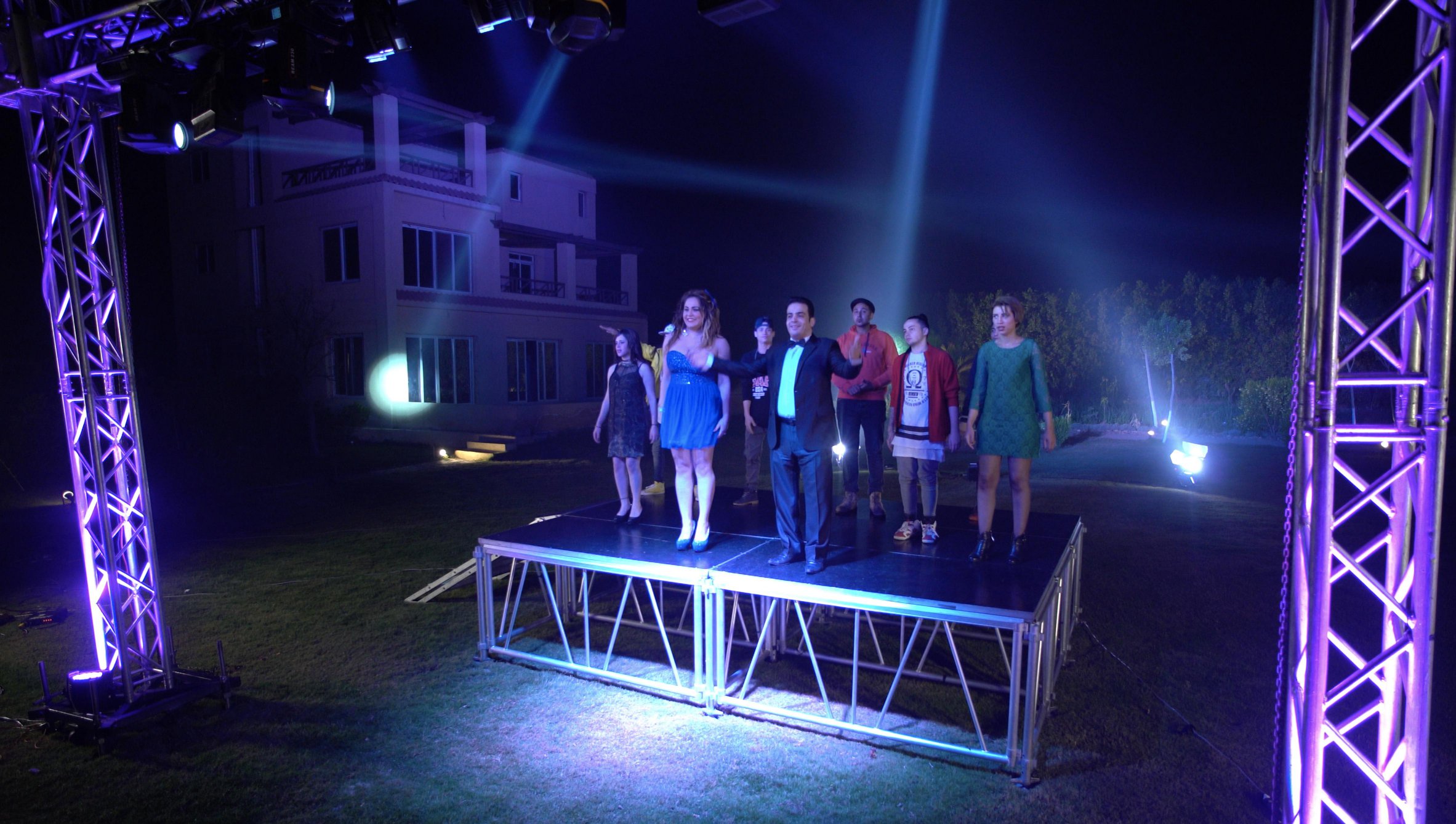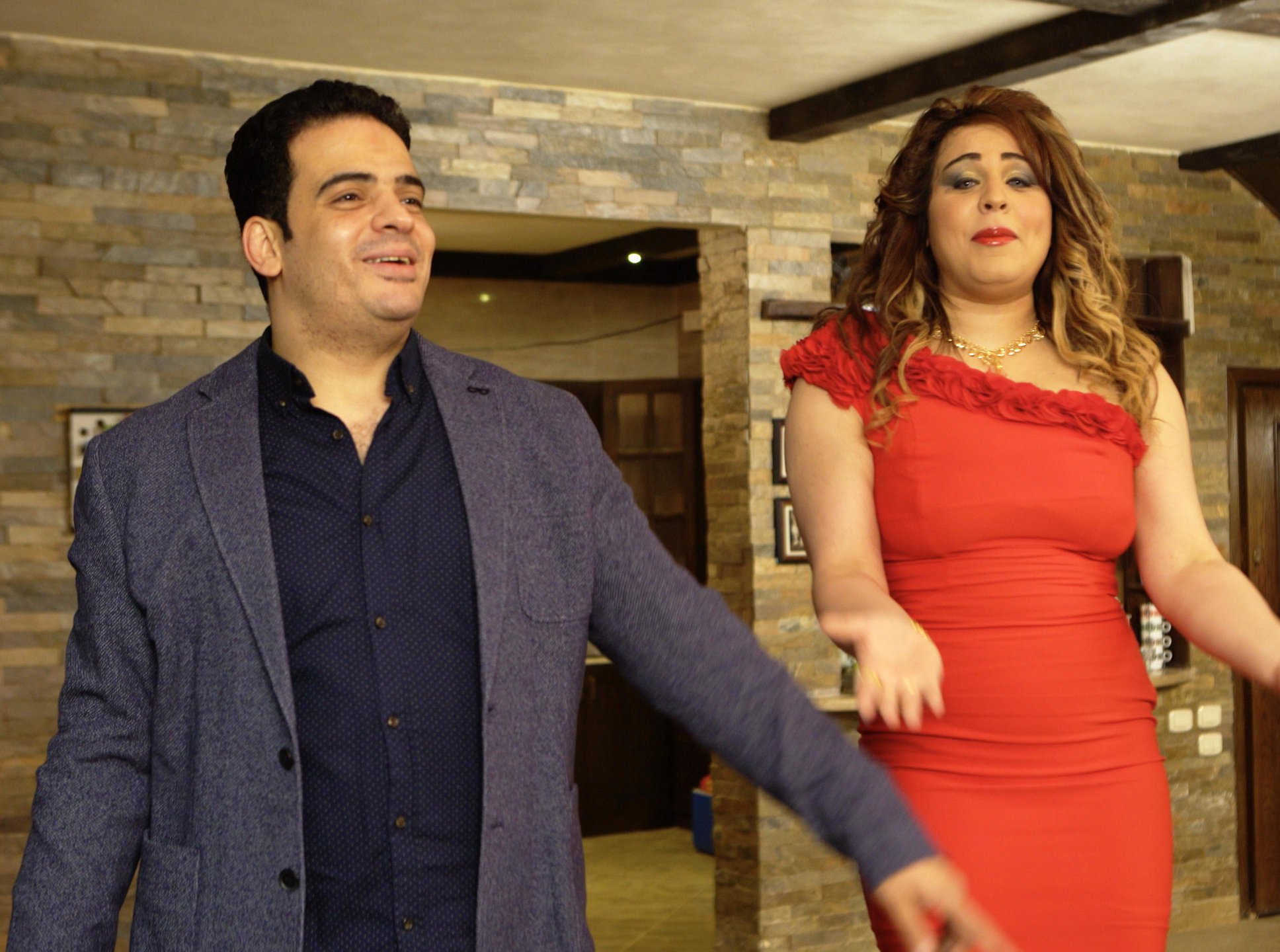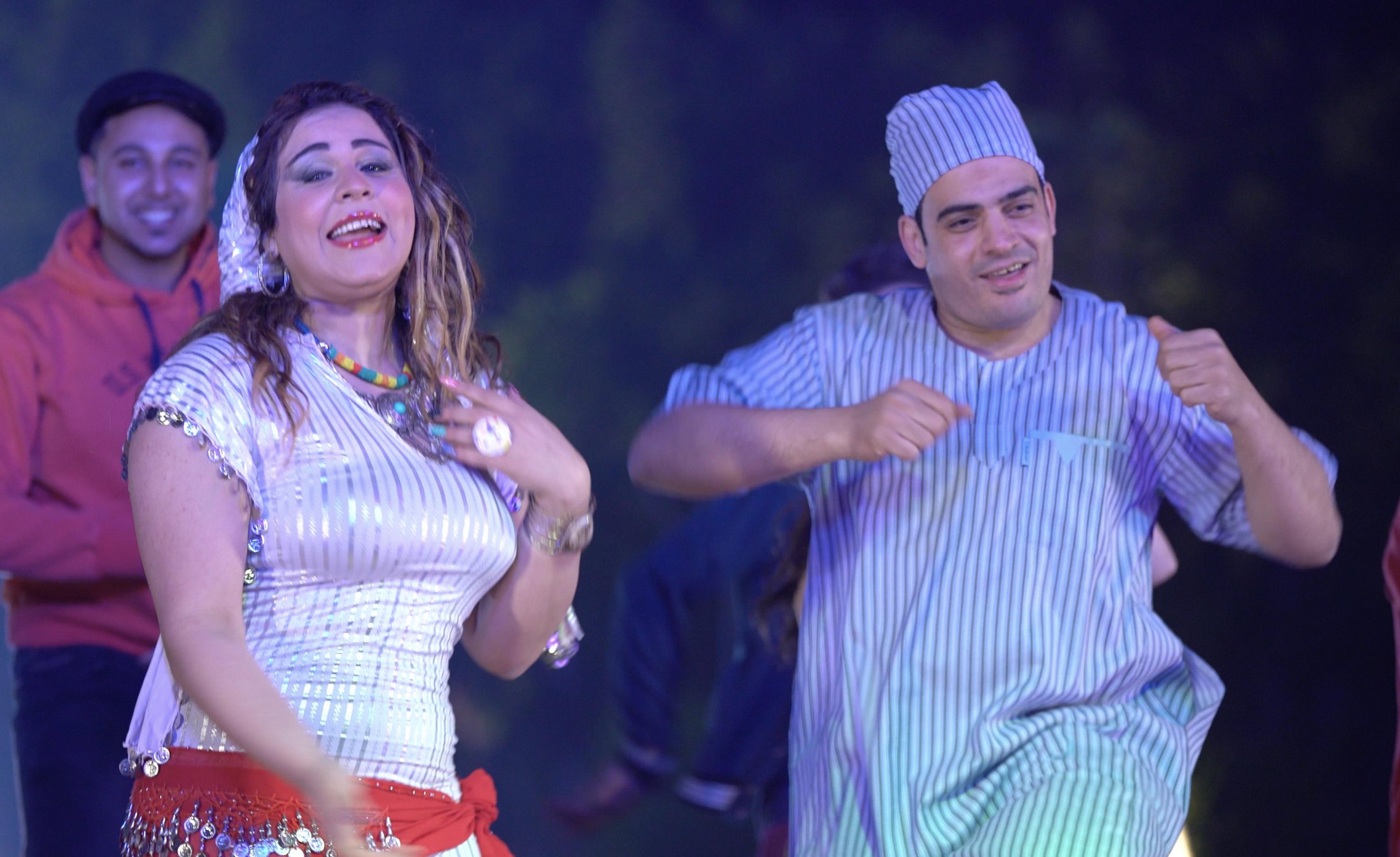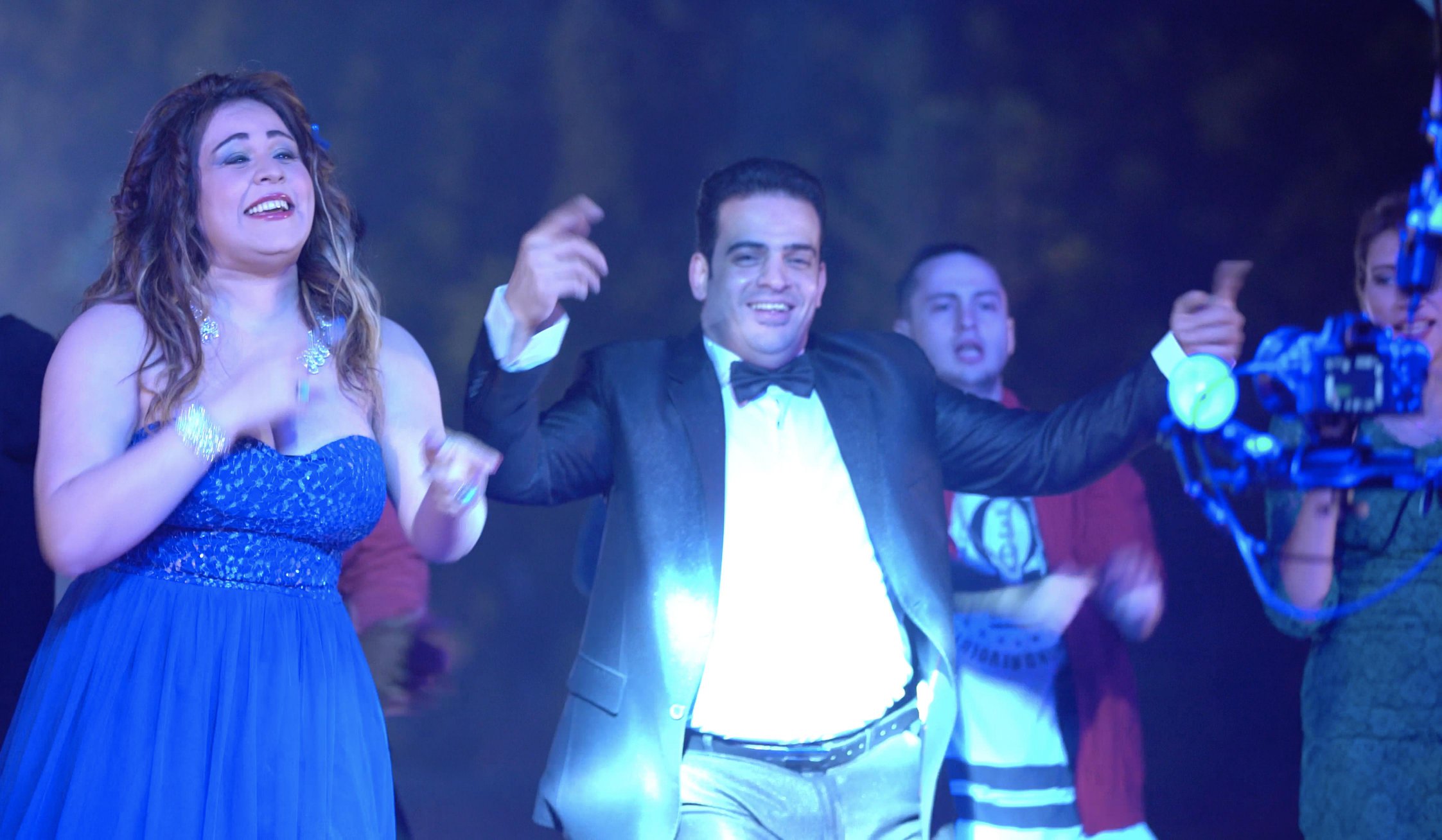On this page you can find a collection of pictures from Egypt and Arab countries showing you the content of that culture. Pictures of art and artists that combine the nature of the place with the form of decorations and archaeological sites to explain to the visitor how Arabs live and think.
Monday, July 3, 2023
Mohamed Dance with menna
Mohamed Dance with menna
The mesmerizing art of Egyptian dance, also known as Raqs Sharqi or Oriental dance, has captivated audiences around the world with its graceful movements, intricate gestures, and colorful costumes. Rooted in Egypt's rich history and cultural heritage, Egyptian dance is a vibrant and expressive form of artistic expression that has evolved over centuries.
Origins and History
Egyptian dance has deep roots in ancient Egyptian civilization, where dance was an integral part of religious rituals, celebrations, and social gatherings. Hieroglyphs and ancient artwork depict dancers and musicians performing at temples, palaces, and festivals, showcasing the importance of dance in Egyptian culture.
Over time, Egyptian dance developed into various regional styles, each with its unique movements, rhythms, and costumes. The modern form of Egyptian dance, as we know it today, draws influences from folkloric dances, classical ballet, and other dance traditions, creating a dynamic and diverse art form that continues to evolve.
Characteristics of Egyptian Dance
Egyptian dance is characterized by its fluid and sinuous movements, which flow seamlessly with the music, creating a mesmerizing and captivating performance. Dancers use their entire bodies to express emotions, tell stories, and convey themes through a combination of footwork, hip movements, arm gestures, and facial expressions.
...
...
...
...
...
...
One of the defining features of Egyptian dance is the use of isolation, where dancers move different parts of their bodies independently, creating a mesmerizing display of control and precision. Hip shimmies, undulations, chest pops, and graceful arms are some of the signature movements that are synonymous with Egyptian dance.
Costumes and Music
Costumes play a significant role in Egyptian dance, with dancers donning elaborate and colorful outfits that enhance their movements and add to the visual spectacle. Traditional Egyptian dance costumes often feature intricate beadwork, sequins, coins, and flowing fabrics that accentuate the dancer's movements and add a touch of glamour to the performance.
Music is an essential component of Egyptian dance, with a wide range of instruments and rhythms that accompany the dancers. From traditional percussion instruments like the tabla and doumbek to modern synthesizers and orchestras, Egyptian dance music sets the tone for the performance and drives the energy of the dancers and audience alike.
Legacy and Global Influence
Egyptian dance has left a lasting impact on the world of dance, inspiring artists, choreographers, and performers in various styles and genres. From belly dance to contemporary fusion, Egyptian dance continues to be a source of inspiration for dancers seeking to explore its rich history, culture, and expression.
In recent years, Egyptian dance has gained popularity on the global stage, with workshops, festivals, and performances showcasing the beauty and diversity of this art form. Dancers from around the world travel to Egypt to study with master teachers and immerse themselves in the traditions and techniques of Egyptian dance, further contributing to its legacy and evolution.
In conclusion, Egyptian dance is a unique and captivating art form that embodies the beauty, grace, and cultural richness of Egypt. With its ancient roots, intricate movements, and colorful costumes, Egyptian dance continues to enchant audiences and inspire dancers worldwide, ensuring its enduring legacy in the world of performing arts.
...
...
...
...
...
...
...
...
...
...
...
...
...
Subscribe to:
Post Comments (Atom)
Art Template For Media Productions - logos
Art Templet Company for artistic production specializes in Egyptian art in its various colors and aims to present its works that are valuabl...

look at
-
Shadia (Aida Riad) made a mistake with Al-Farran, who left her pregnant and traveled to work in the Gulf, and Shadia fell into problems with...
-
Egyptian belly dancer Sandy karim Bellydance, also known as belly dance, is a captivating and expressive form of dance that has entranced au...
-
Bellydancer Sandy images Bellydance, an art form rooted in ancient traditions, offers a captivating blend of cultural expression, physical f...
-
Models with singers ... ... ... ... Belly dance costumes are not only essential attire for performers but also vibrant expressions of cult...
-
New photos from Egypt music video Cultural Fusion in Egyptian musical compositions represents a rich tapestry of influences that have shaped...
-
Egyptian music video Egyptian music has a rich and diverse history that is characterized by a fusion of traditional and contemporary styles....
-
Alo music video making Fusion with Modern Music Styles Just like a good recipe gets better with a sprinkle of spice, Egyptian folk music is...
-
sandy belly dance from egypt Belly dance, a mesmerizing art form celebrated for its grace, fluidity, and cultural richness, encompasses a di...
-
Egyptian Dancer Sandy Bellydance, with its mesmerizing movements and rich cultural heritage, has captivated audiences around the world for c...
-
watch Menna Saad Egyptian singer Title: The Rise of Egyptian Singer Girls: Breaking Stereotypes and Making Waves in the Music Industry Intr...










No comments:
Post a Comment